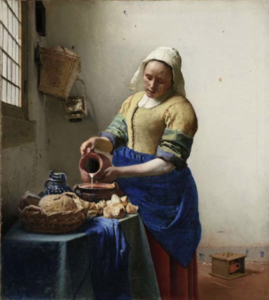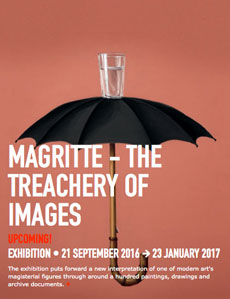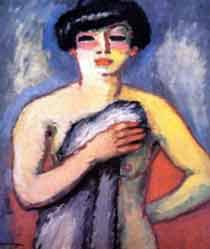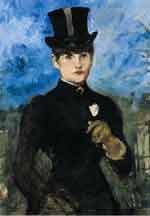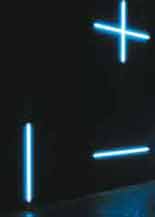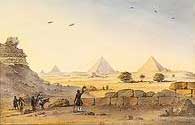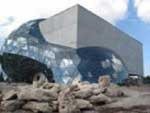The exhibition not to be missed
Paris Musée du Louvre from March 29, to July 23, 2018
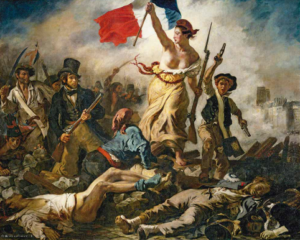
© Musée du Louvre / E. Lessing
Delacroix, La liberté guidant le peuple.
Eugène Delacroix was one of the giants of French painting, but his last full retrospective exhibition in Paris dates back to 1963, the centenary year of his death.
In collaboration with the Metropolitan Museum of Art in New York, the Louvre is holding a historic exhibition featuring some 180 works – mostly paintings – as a tribute to his entire career.
From the young artist’s big hits at the Salons of the 1820s to his final, lesser-known, and mysterious religious paintings and landscapes, the exhibition will showcase the tension that characterizes the art of Delacroix, who strove for individuality while aspiring to follow in the footsteps of the Flemish and Venetian masters of the 16th and 17th centuries.
It will aim to answer the questions raised by Delacroix’s long, prolific, and multifaceted career while introducing visitors to an engaging character: a virtuoso writer, painter, and illustrator who was curious, critical, and cultivated, infatuated with fame and devoted to his work.
Organized by: Sébastien Allard and Côme Fabre, Department of Paintings, Musée du Louvre.
Musée du Louvre, 75058 Paris – France
Practical information :
The Louvre is open every day (except Tuesday) from 9 a.m. to 6 p.m.
Night opening until 9:45 p.m. on Wednesdays and Fridays.
Closed on the following holidays: January 1, May 1, May 8, December 25.
More information: https://www.louvre.fr/en/expositions/delacroix-1798-1863






